<--- Back to Details
| First Page | Document Content | |
|---|---|---|
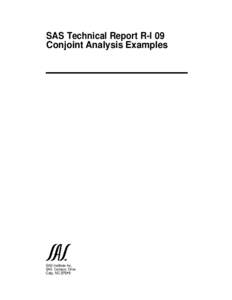 Date: 2008-01-18 13:45:37Product management Consumer behaviour Marketing Business Statistical models Conjoint analysis Theory of conjoint measurement SAS Scale Market research Statistics Psychometrics |
Add to Reading List |
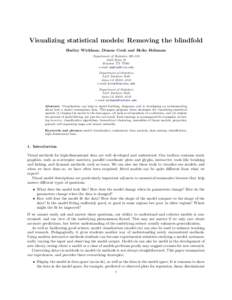 | Visualizing statistical models: Removing the blindfold Hadley Wickham, Dianne Cook and Heike Hofmann Department of Statistics MSMain St Houston TXe-mail:DocID: 1xVjw - View Document |
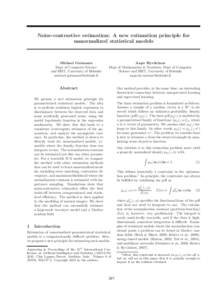 | Noise-contrastive estimation: A new estimation principle for unnormalized statistical models Michael Gutmann Dept of Computer Science and HIIT, University of HelsinkiDocID: 1xUlB - View Document |
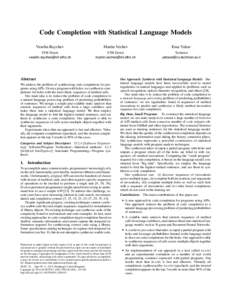 | Code Completion with Statistical Language Models Veselin Raychev Martin Vechev Eran YahavDocID: 1xToM - View Document |
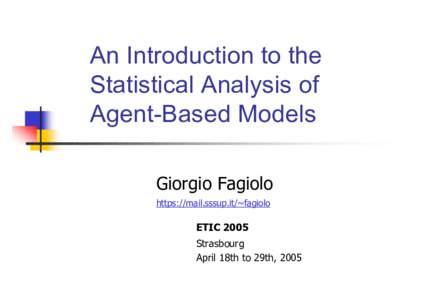 | An Introduction to the Statistical Analysis of Agent-Based Models Giorgio Fagiolo https://mail.sssup.it/~fagioloDocID: 1vhKi - View Document |
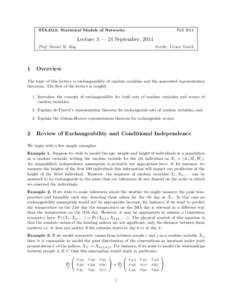 | FallSTA4513: Statistical Models of Networks Lecture 3 — 24 September, 2014 Prof. Daniel M. RoyDocID: 1vfwF - View Document |
 SAS Technical Report R-l 09 Conjoint Analysis Examples SAS Institute Inc. SAS Campus Drive Caty, NC 2751:3
SAS Technical Report R-l 09 Conjoint Analysis Examples SAS Institute Inc. SAS Campus Drive Caty, NC 2751:3